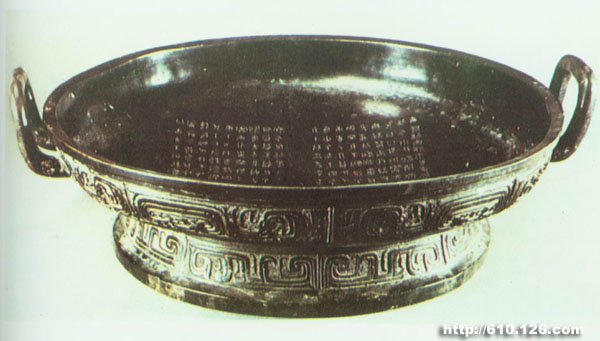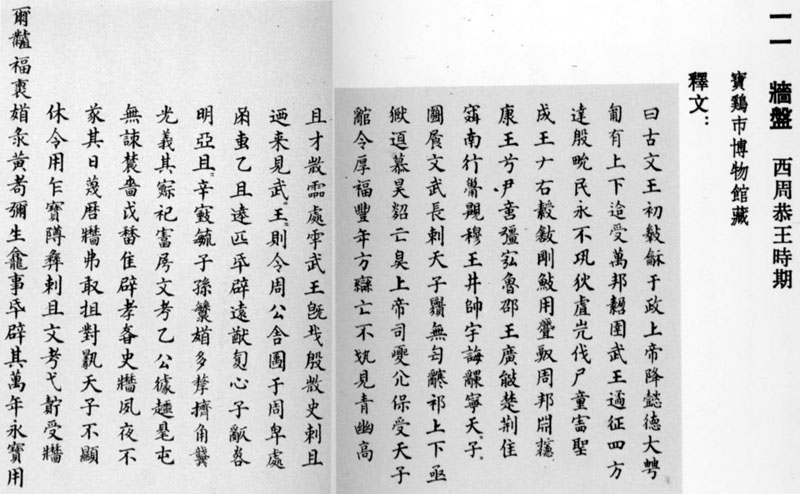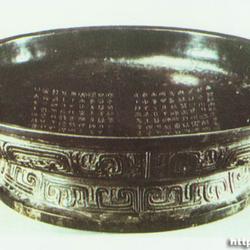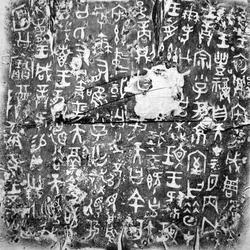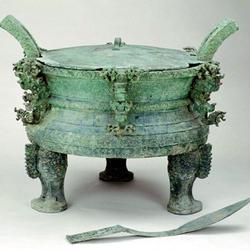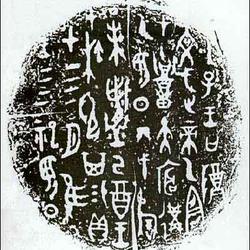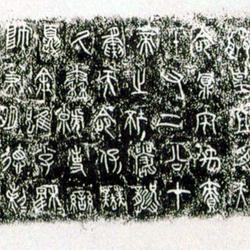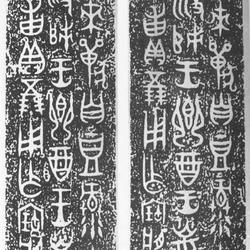The wall panel is from the period of King Gong of the Western Zhou Dynasty. The vessel is grand in shape, well-made, and decorated with heavy ring patterns around its circumference. It was unearthed in Baicun, Fufengzhuang, Shaanxi in 1967. There are more than 200 words of inscriptions cast on the plate, which are divided into two parts. The first half records the main historical sites of the kings in the Western Zhou Dynasty, and the second half records the important achievements of the ancestors of the Shiqiang family who made the pots. The four-character sentence pattern used in the article is quite similar to that of the Book of Songs. The wording is neat and beautiful, and has high literary value. The inscription font was the standard font of the time and can be regarded as a typical representative of calligraphy style in the middle and late Western Zhou Dynasty. The fonts are neat and uniform, each character is roughly rectangular, and round pens are used for some radical turns. The artistic effect of the part and the whole is unified in formal dialectics, showing an artistic style that is dignified but not rigid, lively but not flattering. The strokes can turn freely horizontally and vertically, with consistent thickness and smooth strokes, and have the meaning of Xiaozhuan in later generations. "Wall Plate" is so old that many of its texts are no longer legible, leaving it to be explored by scholars of gold literature.
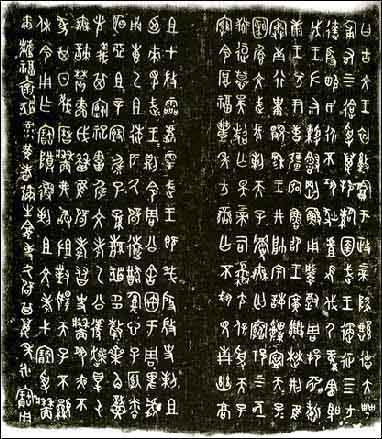
Plate from the period of King Gong of the Western Zhou Dynasty, collected by Baoji Municipal Museum
